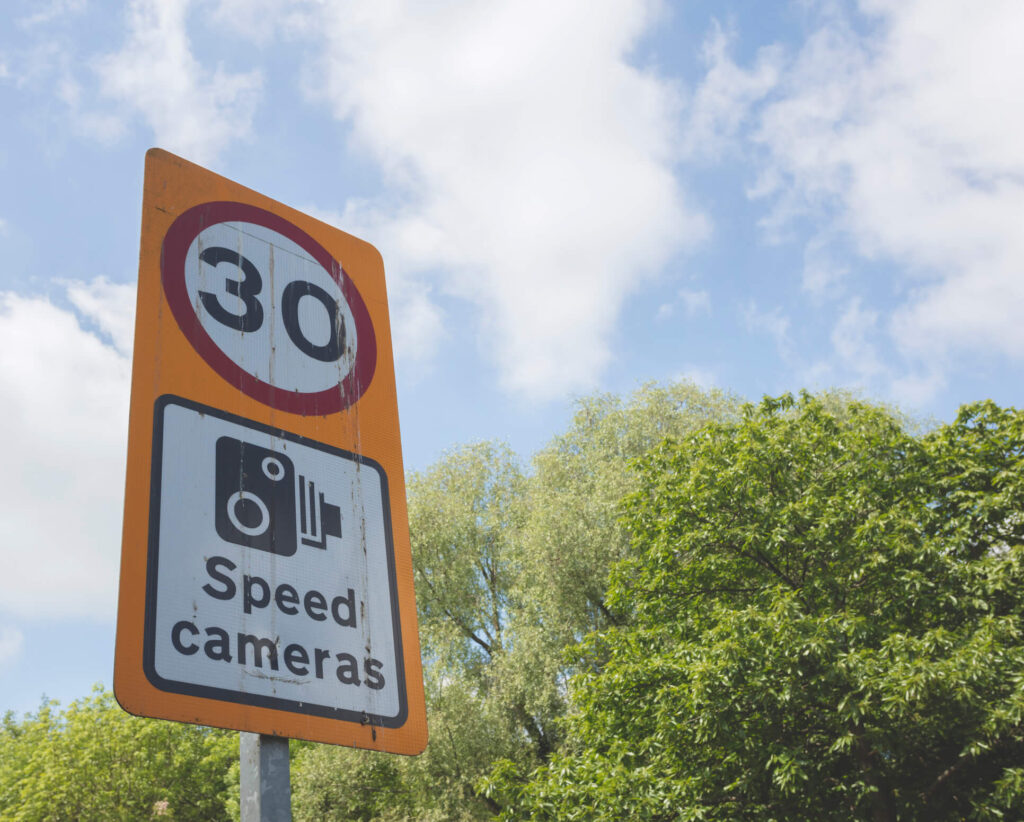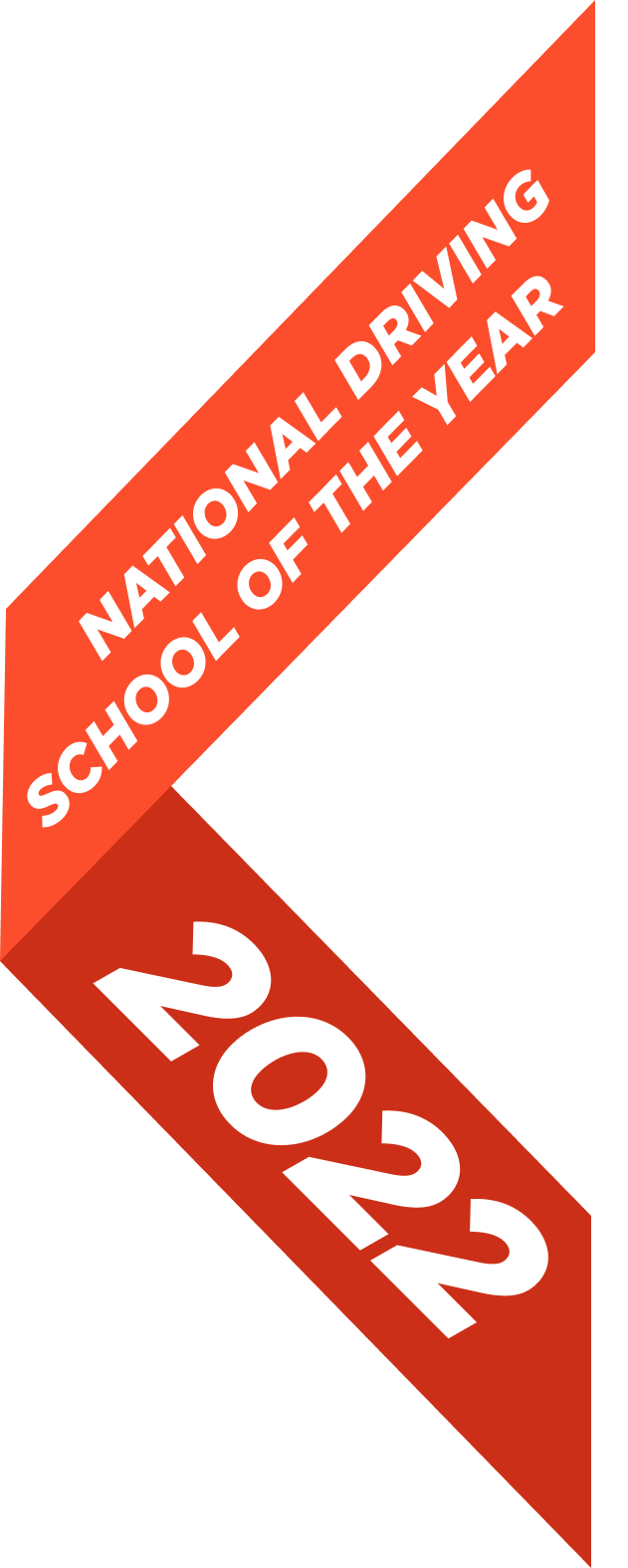Speed Limits on UK Roads
Being confident on speed limits for different road types can ensure safe driving and reduce the risk of getting a fine, penalty or disqualification.

How do I know the speed limits when driving?
Whilst it is really useful and important to become familiar with the speed limits for certain types of roads, it can be difficult to make a judgement when driving on an unknown road.
To determine the speed limit, look for a number displayed within a red circle sign. Minimum speed limit signs also occur, although much more infrequently, these are indicated by a blue circle sign with a white number. These are sometimes seen in tunnels as stationary or slow-moving traffic can actually be considered a traffic and pollution hazard to the free-flowing traffic in the tunnel.
In general terms, when driving within built-up areas, a speed limit of 30 miles per hour will apply unless road signs indicate otherwise. This is due to the increased likelihood of hazards on these roads such as children and more-vulnerable individuals and cyclists. You need to be vigilant on these roads. Maintaining the appropriate speed and having quick reactions to hazards will help minimise the risk of danger on these roads.
Single carriageway roads, those that have no barrier separating your lane and oncoming traffic, operate differently. Depending on the prevailing road signs, you can drive to a maximum of 60 miles per hour on these roads. Then, there are dual carriageways, roads with a central reservation to separate the carriageways. Similarly, depending on the prevailing road signs, you can drive to a maximum of 70 miles per hour on these roads. Finally, when driving on motorways, major roads designed for high speed travel and long distances, you should not exceed 70 miles per hour.
National speed limit applies, what is this?
If you see a sign that states, ‘national speed limit applies’ or alternatively, a white circle with a black diagonal line through it, this means you can travel up to the max speed limit for that road, e.g. dual carriageways and motorways up to 70 miles per hour.
Some things to note:
- A speed limit of 30 miles per hour applies to all single carriageway and dual carriageway roads with street lights, unless there are signs advising otherwise.
- When driving at faster speeds, it becomes harder to stop quickly. As you increase your speed, ensure that you increase your stopping distance between yourself and the car in front of you. Always be vigilant of potential dangers which may cause you to stop suddenly.
- Speed limits may vary if differing circumstances occur for example, towing a trailer or a caravan and driving a motorhome over 3.0 tonnes. For more information about how speed limits can differ based on the vehicle you’re driving click here.
What happens if I speed?
Speeding is a very serious offence which could result in a fine, penalty points or disqualification. If you are caught speeding the minimum outcome is a £100 fine and 3 penalty points. More serious offences are where disqualification may occur. You may also be offered a speed awareness course which will avoid fixed penalty points being applied to your licence, however you will still have to pay the fine. The speed awareness course is a theory-based workshop aimed at helping those who have sped understand the reasons for their speeding and reduce the likelihood of it happening again in the future. It is important to be aware that under the New Drivers Act, drivers that get 6 or more penalty points within two years of passing their test have their license revoked.
Having a good understanding of speed limits and the kind of roads to which they apply will make your driving experience much easier. It is essential to become familiar with them for both your theory and practical test. After all, who wants to spend time and money learning how to drive just to risk it for an extra 5mph.
*The information displayed are the national speed limits for cars, motorcycles, car-derived vans and dual purpose vehicles as per the highway code




